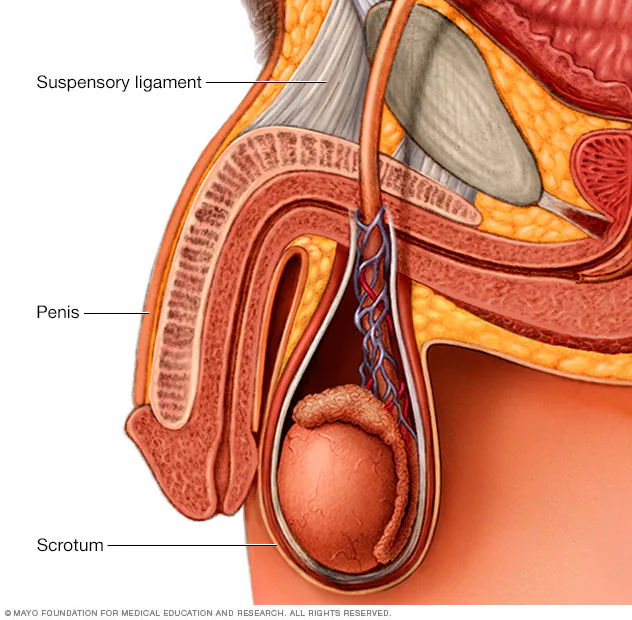
Few topics create as much curiosity, insecurity, and misinformation as penis size. Across cultures, men often wonder what can actually make their penis larger, either naturally or with medical help. This question has fueled myths, unrealistic promises, and countless advertisements. To truly understand what influences penis size, it is important to look at the science, the limits of biology, and the available medical options.
The Role of Genetics
Just like height, eye color, or hair type, penis size is primarily determined by genetics. The genes inherited from parents dictate hormonal activity during puberty and the development of reproductive organs. This means that for most men, their adult size is already set once puberty is complete. No food, exercise, or supplement can override genetic blueprints.
Hormones and Development
During puberty, testosterone plays the biggest role in penis growth. Higher levels of this hormone stimulate the tissues in the penis to grow. If a boy experiences a hormonal imbalance during adolescence, it can affect development. For example, unusually low testosterone levels during puberty may result in a smaller-than-average penis. Once adulthood is reached, however, hormonal changes have little to no impact on penis length or girth.
Myths About Natural Enlargement
There are countless myths that claim to increase penis size. Some of the most common include:
- Special diets or herbs – While a healthy diet improves blood circulation and overall sexual function, there is no scientific evidence that any specific food or herb increases penis size.
- Exercises like “jelqing” – This practice involves stretching and massaging the penis in hopes of permanent growth. In reality, it can cause bruising, scarring, and even long-term damage without producing real enlargement.
- Supplements and pills – Most marketed pills promising enlargement contain unregulated herbs or stimulants. At best, they may improve temporary blood flow, creating a firmer erection. At worst, they can harm the liver or heart.
The Truth About Temporary Increases
What men often perceive as “getting bigger” is usually improved blood flow and firmer erections. Good cardiovascular health, proper hydration, and avoiding smoking or excessive alcohol can all make erections stronger and give the appearance of greater size. In other words, lifestyle changes may not increase the actual organ size, but they can maximize performance.
The Role of Weight and Body Image
Sometimes, size perception is influenced by body shape. Excess fat around the pubic area can partially cover the base of the penis, making it appear shorter. Losing weight can reveal more of the shaft, which may give the impression of added length. While the penis itself does not grow, the change in visibility can boost confidence.
Medical and Surgical Options
For men who are deeply concerned about their size, modern medicine does offer some solutions. However, these come with risks and should be approached carefully:
- Penile lengthening surgery – This involves cutting a ligament that attaches the penis to the pubic bone. It can add visible length, but complications like instability or reduced function are possible.
- Fat transfer or fillers – Some surgeons inject fat or hyaluronic acid into the penis to increase girth. Results can vary, and over time, fat may be reabsorbed by the body.
- Penile implants – Typically used for erectile dysfunction, implants can also create a sense of size increase, but this is a major surgical procedure reserved for medical necessity.

It is important to note that many men who seek these surgeries already fall within the normal size range. Counseling and realistic expectations are crucial before making such decisions.
Psychological Factors
Perception often matters as much as reality. Many men believe their penis is smaller than average when, in fact, they are within the normal range. Studies show that anxiety, low self-esteem, and exposure to unrealistic images in pornography all contribute to dissatisfaction. Therapy, education, and open communication with partners can often address these concerns more effectively than physical changes.
The Normal Range
Medical research shows that the average flaccid penis measures about 3.6 inches, while the average erect penis measures around 5.2 inches in length. Girth averages 4.6 inches when erect. This means most men fall comfortably within this range. Knowing the facts can help reduce unnecessary worries.
The Future of Enhancement
Research is ongoing into safer, less invasive methods of enlargement. Stem cell therapy, tissue engineering, and advanced fillers are being studied, but these are still experimental. For now, the most reliable path is maintaining good health, which optimizes natural performance.
What truly makes penis size “bigger” is not magic foods, untested pills, or risky internet techniques. Genetics and puberty set the foundation, while lifestyle and health can maximize what is already there. Surgical options exist, but they carry risks and are not necessary for the majority of men. Ultimately, confidence, self-acceptance, and healthy relationships play a bigger role in satisfaction than inches ever will.
By.Wilgens Sirise






